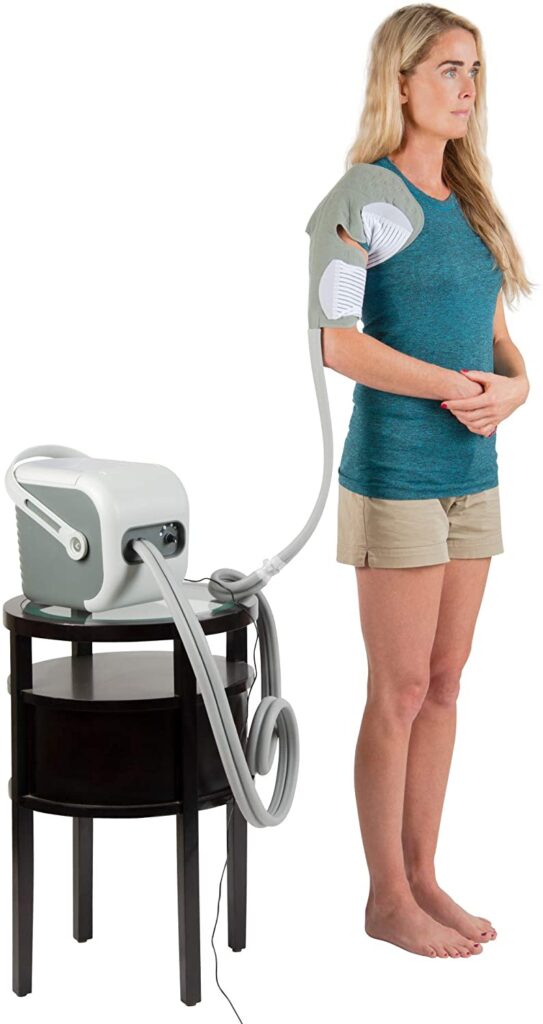Need support? Drop us an email

WHAT DOES IT DO?
Heat therapy opens blood vessels, which increases blood flow, cuts down pain and relaxes muscles.
WHEN DO YOU USE IT?
Heat therapy is good for stiffness and ongoing pain. Aching, cramped muscles and post exercise soreness. Use any time at your own convenience.
WHAT ARE THE TYPES?
Heat can be applied by a hot water bottle, an electric heating pad, gel packs heated in water or microwaves. Microwave beanbags take under 2mins to heat and come in many wraparound sizes. Also, never underestimate the soothing effect of heat and water pressure in a warm bath. Hotter is NOT better. A warm, comforting heat works best.
SAFETY TIPS.
A treatment of 10mins can be adequate.
Treatment should not last longer than 30mins.
Remember it’s a heat treatment not a hot treatment. If you treatment feels too hot take it off and add layers of towels to protect your skin from burning.
Do not use heat on a recent injury with swelling, open wounds or stitches.
Do not use heat if you have no feeling in the affected body part.
Do not use heat if you have diabetes or you are a haemophiliac.
Do read the instructions and never over heat.
For any questions consult your Dr or Physiotherapist.


What does it do?
Cold therapy slows down the blood flow to an injury or painful joint which cuts down the swelling and pain.
When do you use it?
Any cold therapy can be used right after the injury. Cold therapy is good for bumps, sprains and strains that may occur with sports or lifting. Painful, inflamed joints respond well to cold therapy.
What are the types?
Cold therapy can be an ice pack, gel pack or cold water from the tap. Gel packs kept in the fridge can be useful for children and people with sensitive skin.
Safety tips.
Treatment should not last longer than 20mins.
Do not place ice directly on to the skin. Use a tea towel or soft cloth.
Wait 1hour between cold treatments.
Check skin often to make sure there is no damage, such as a freeze burn. (skin would become reddened or blistered, just as when burned with heat).
Need support? Drop us an email
We are open on
Copyright © 2022 Craniaa Neuro Rehab Centre
Designed & Developed by AdMedia Technologies